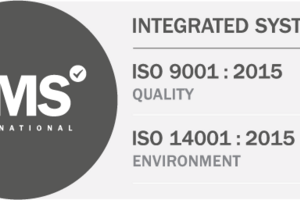31 May 2016
Commercial LED lighting and the human response
A new report into human responses to LED lighting solutions has concluded our reaction to light sources should be a primary factor in deciding to deploy them, not just efficiency or cost.
The paper has been produced by The Chartered Institution of Building Services Engineers (CIBSE), which pioneers responses to the threat of climate change.
The report finds LED solutions are valid energy efficient options in comparison to other available light sources. Further, it says stated performance is generally accurate in comparison, and that none of the LEDs tested presented a risk of retinal damage with proper use.
The report also concluded designers should consider the LED as part of the whole light fixture and the environment in which it is used to determine if it is suitable – a factor that is as important as the price of the LED or its efficiency.
The research in more detail
Jeff Shaw, President-elect of the Society of Light and Lighting, which commissioned the work, said: “This report is a valuable collection of data that will be extremely useful in enabling both the public and private sector to make informed choices when looking to procure LED lighting solutions and promote energy efficiency.
“LED technology has advanced enormously in the last decade, but there are still a lot of things to consider when deciding which solution is best for you, and how to deliver it. What this report highlights is the need to consult a properly trained designer or engineer using the latest guidance to get the most out of an LED solution, and to ensure it is the best choice for people and the environment.”
The need for the right supplier
The paper notes that around half of domestic and office LEDs have higher flicker rates than alternative lighting technologies. This must be taken into account by designers, who should choose LEDs with lower flicker rates.
'Those in procurement need to be very careful to include low flicker requirements in their specifications, and all specifiers need to be aware that if LED products are substituted by contractors or suppliers then flicker needs to be considered,' it explains.
Similarly, continues the research, other studies have shown that blue light can mimic daylight and confuse the brains of humans and animals into delaying melatonin production, potentially disrupting sleep and the circadian cycle.
The report concludes that designers should therefore avoid LEDs with a high Correlated Colour Temperature (CCT). LEDs in streetlights should be diffused or recessed to reduce dazzle.
“This new data is a very persuasive argument for asking your supplier the right questions, and selecting your supplier carefully,” comments Bob Hall, Director, Greenlite.
“Choosing an experienced and reputable provider, such as Greenlite de-risks the decision making process for lighting specifiers. Our LED solutions have been developed with high quality performance and safety as standard, as well as the significant energy saving benefits that LEDs are best known for. Any data that increases industry knowledge of LED technology, and commercial lighting design safety has to be a good thing.”


